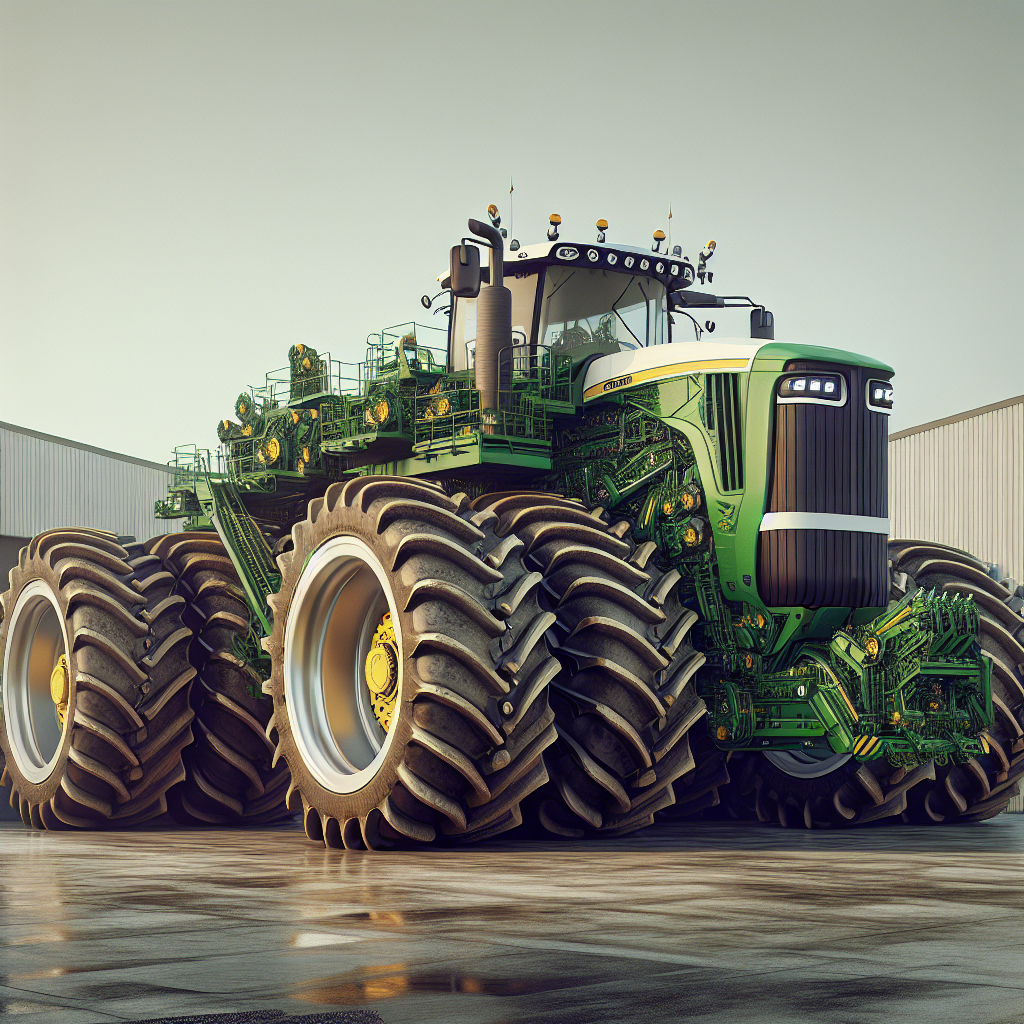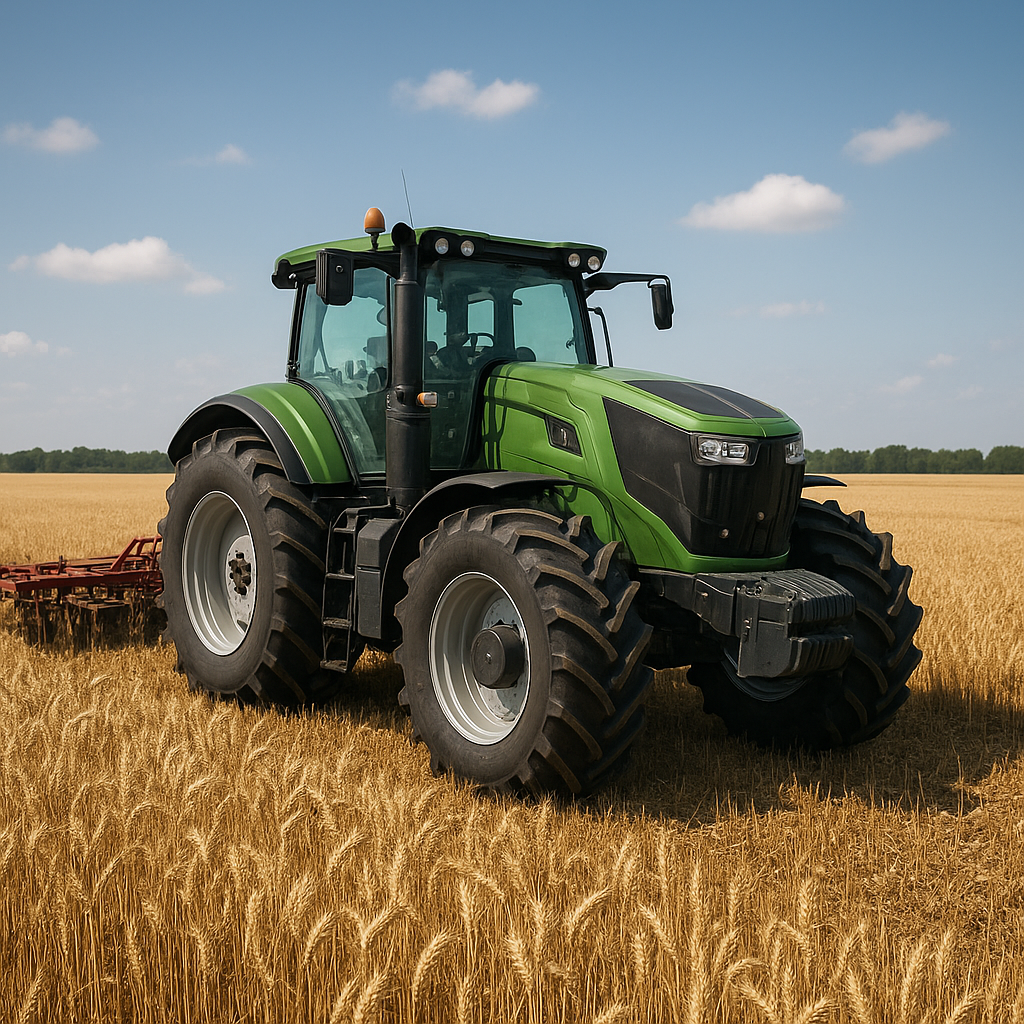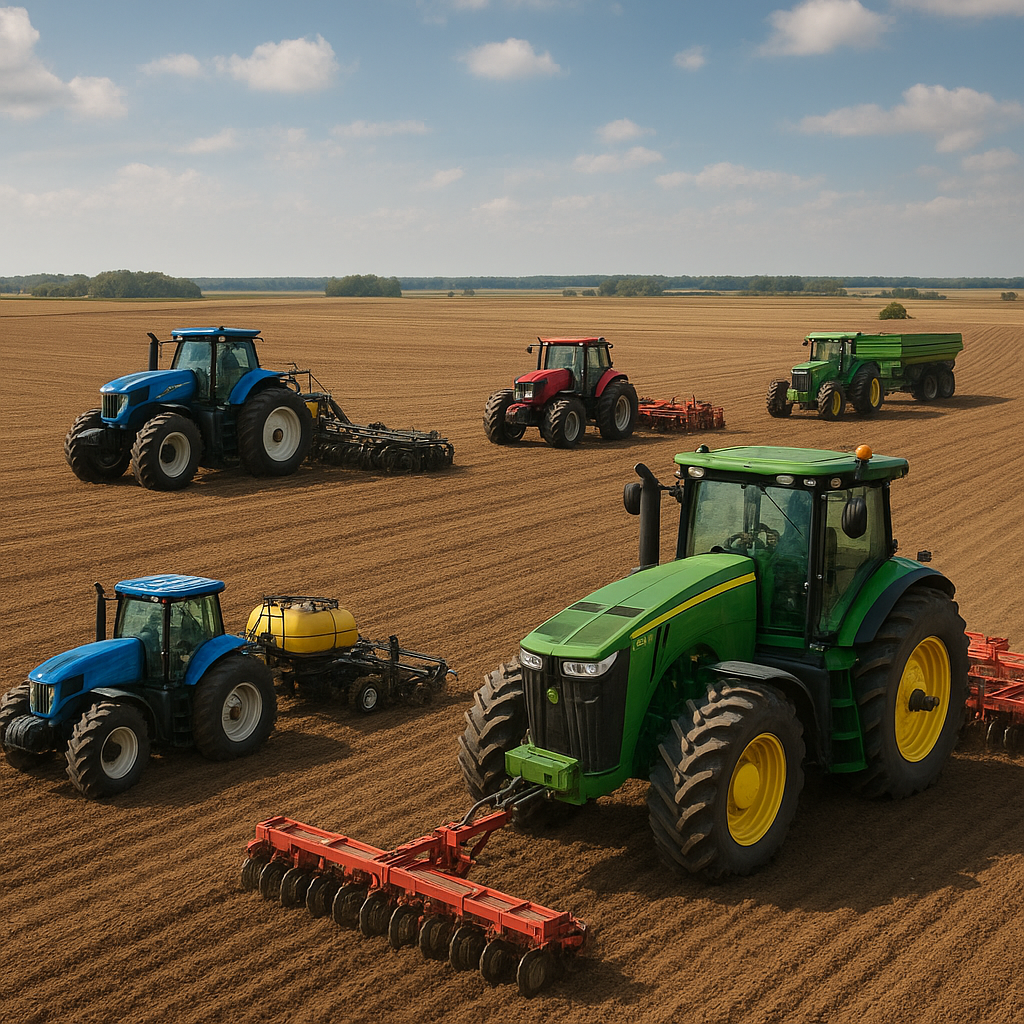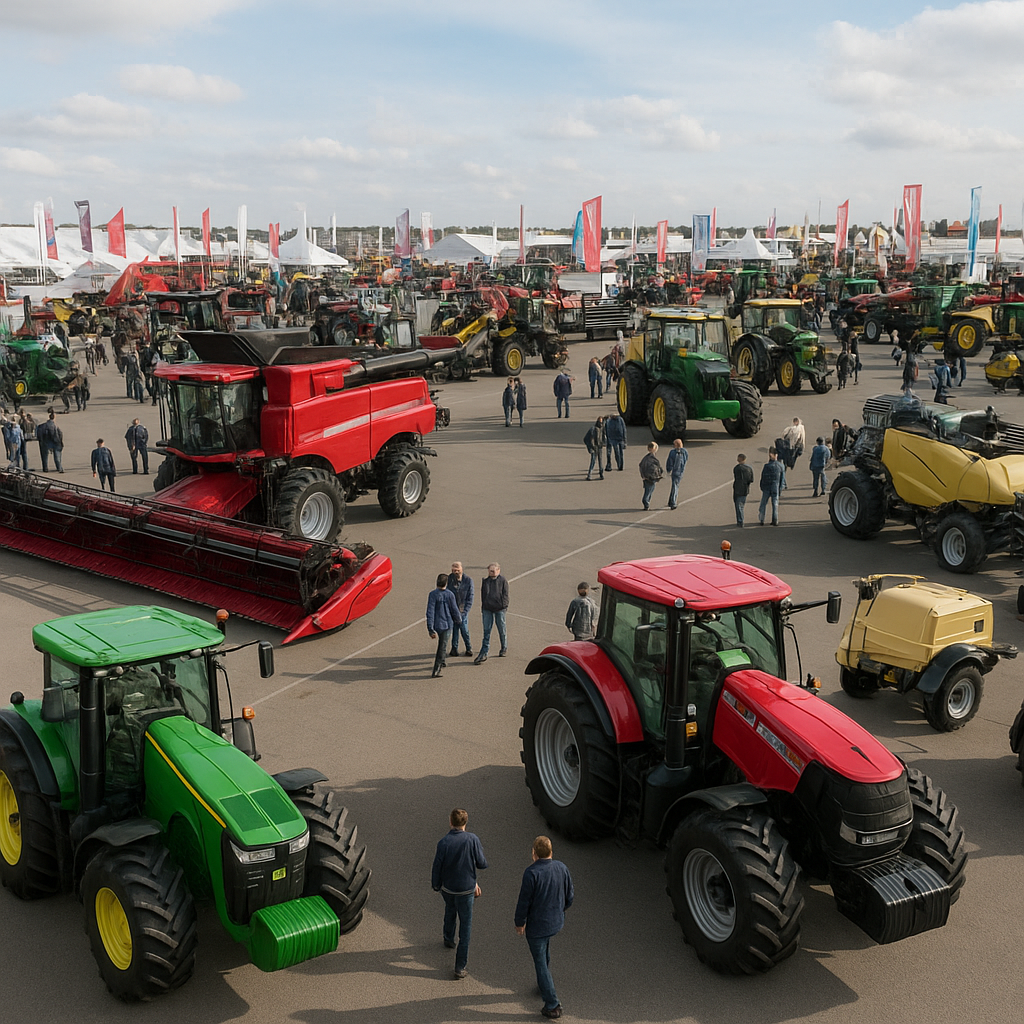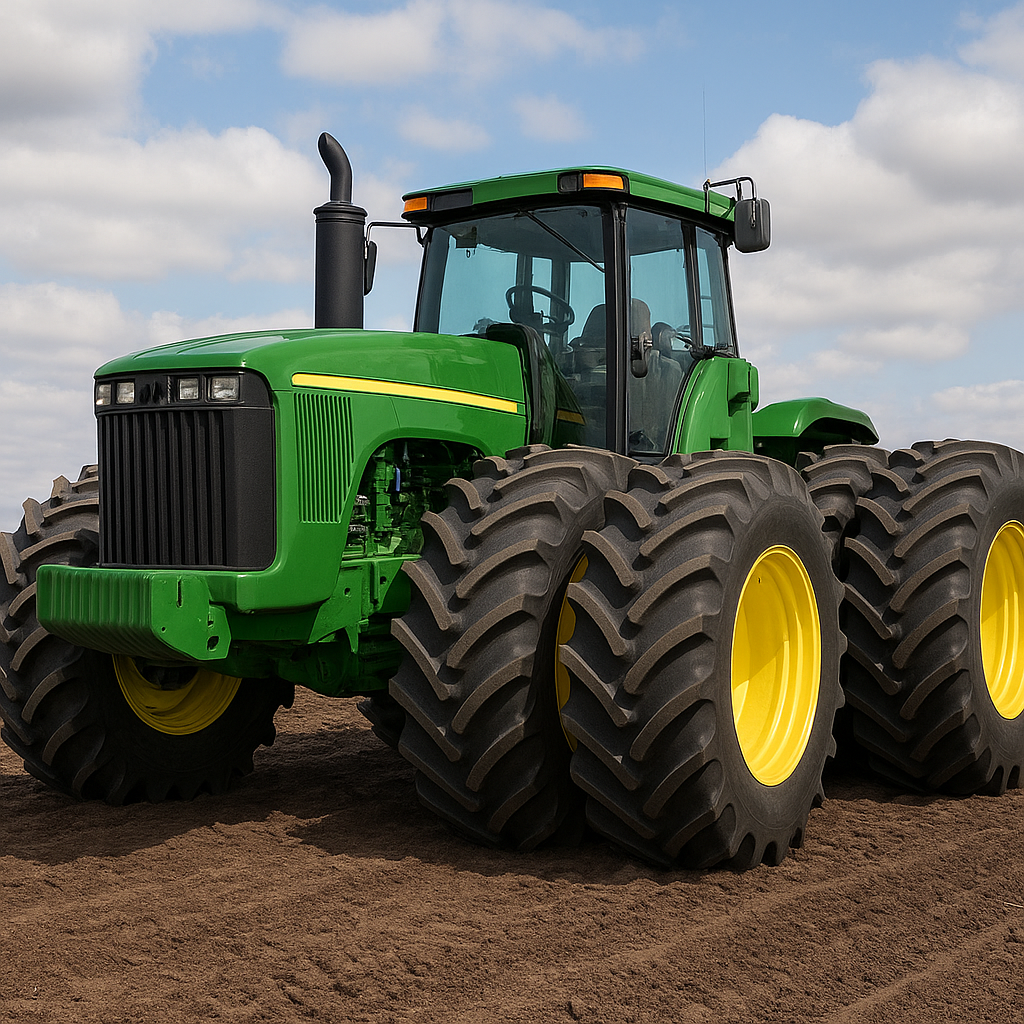The Big Bud 747, often referred to as the “World’s Largest Tractor,” is a marvel of agricultural engineering. This colossal machine has captured the imagination of farmers, machinery enthusiasts, and engineers alike. In this article, we will delve into the history, specifications, and impact of the Big Bud 747, exploring why it holds such a significant place in the world of agriculture.
History and Development
The Big Bud 747 was built in 1977 by the Northern Manufacturing Company in Havre, Montana. The tractor was commissioned by the Rossi Brothers, who needed a powerful machine to handle the demanding agricultural tasks on their farm. The design and construction of the Big Bud 747 were overseen by Ron Harmon, who was the owner of Northern Manufacturing at the time.
The primary goal was to create a tractor that could handle large-scale farming operations with ease. The result was a machine that stood 14 feet tall, 20 feet wide, and 28 feet long, with a weight of over 100,000 pounds. The Big Bud 747 was equipped with a 16-cylinder Detroit Diesel engine, capable of producing 760 horsepower, making it the most powerful tractor of its time.
Technical Specifications
The Big Bud 747’s technical specifications are nothing short of impressive. Here are some of the key features that set it apart:
- Engine: 16-cylinder Detroit Diesel, 760 horsepower
- Dimensions: 14 feet tall, 20 feet wide, 28 feet long
- Weight: Over 100,000 pounds
- Fuel Capacity: 1,000 gallons
- Transmission: 6-speed Allison automatic
- Tires: Custom-made, 8 feet in diameter
These specifications made the Big Bud 747 a powerhouse in the field, capable of pulling massive plows and other heavy equipment with ease. Its large fuel capacity allowed it to operate for extended periods without needing to refuel, which was a significant advantage for large-scale farming operations.
Impact on Agriculture
The introduction of the Big Bud 747 had a profound impact on the agricultural industry. Its sheer size and power allowed farmers to increase their productivity significantly. Tasks that would have taken days with smaller tractors could be completed in a fraction of the time with the Big Bud 747.
One of the most significant advantages of the Big Bud 747 was its ability to pull large plows and other heavy equipment. This capability allowed farmers to till larger areas of land in a single pass, reducing the time and labor required for planting and harvesting. The increased efficiency translated to higher crop yields and, ultimately, greater profitability for farmers.
Legacy and Influence
While the Big Bud 747 was a groundbreaking machine in its time, its influence extends far beyond its years of active service. The tractor has become a symbol of innovation and engineering excellence in the agricultural industry. It has inspired the development of other large-scale farming equipment, pushing the boundaries of what is possible in modern agriculture.
Today, the Big Bud 747 is retired from active farming but remains a popular attraction at agricultural shows and museums. It serves as a reminder of the ingenuity and determination that drive the agricultural industry forward. The tractor’s legacy continues to inspire new generations of farmers and engineers, encouraging them to think big and push the limits of what can be achieved.
Conclusion
The Big Bud 747 is more than just a tractor; it is a testament to the power of innovation and the relentless pursuit of progress in agriculture. Its impressive specifications, significant impact on farming efficiency, and enduring legacy make it a true icon in the world of agricultural machinery. As we look to the future, the Big Bud 747 serves as a reminder of what can be accomplished when we dare to dream big and push the boundaries of what is possible.
